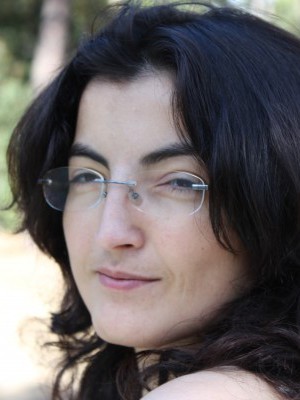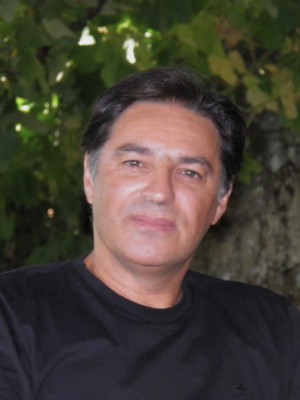abstract
Dithiocarbamate-functionalized magnetite nanoparticles (Fe3O4@SiO2/SiDTC) have been investigated as a convenient and effective sorbent for mercury removal from river, estuarine and sea waters, and their capability to decrease realistic environmental concentrations to the new environmental quality standards was evaluated. The sorption kinetics was well described by the Elovich model and the initial sorption rate was dependent of the sorbent dose. Except for river water sample, the Fe3O4@SiO2/SiDTC particles uptake 99.9% or more of the Hg(II) in the waters (initially at the concentration of 50 mu g/L), allowing to reach residual concentrations lower than the new environmental quality standards (70 ng/L) with only 10 mg/L of sorbent material. The distribution coefficients of mercuric ions between the magnetic particles and the different natural water types were above 10(3) mL/g for the river water and above 10(5) mL/g for the estuarine and sea waters. The differences observed between the water types can be attributed to different water composition (effect of the matrix), which plays an important role in the efficiency of the water treatment. (C) 2016 Elsevier Ltd. All rights reserved.
keywords
COATED MAGNETITE NANOPARTICLES; NATURAL SPIKED WATERS; HEAVY-METAL REMOVAL; MESOPOROUS SILICA; AQUEOUS-SOLUTIONS; ORGANIC-MATTER; REMEDIATION; PARTICLES; ADSORPTION; SORPTION
subject category
Engineering; Environmental Sciences & Ecology; Water Resources
authors
Tavares, DS; Lopes, CB; Daniel-da-Silva, AL; Vale, C; Trindade, T; Pereira, ME
our authors
Groups
1 - Inorganic Functional Nanomaterials and Organic-Inorganic Hybrids
5 - Biomedical and Biomimetic Materials
acknowledgements
We would like to thank University of Aveiro, FCT/MEC for the financial support to CESAM, CICECO and CIIMAR (UID/AMB/50017/2013; UID/CTM/50011/2013; UID/Multi/04423/2013) through national funds and, where applicable, co-financed by the FEDER, within the PT2020 Partnership Agreement.; We also would like to thank the National Funds through the Portuguese Foundation for Science and Technology (FCT) through doctoral and postdoctoral grants to D.S. Tavares (SFRH/BD//103828/2014) and to C.B. Lopes (SFRH/BPD/99453/2014).






